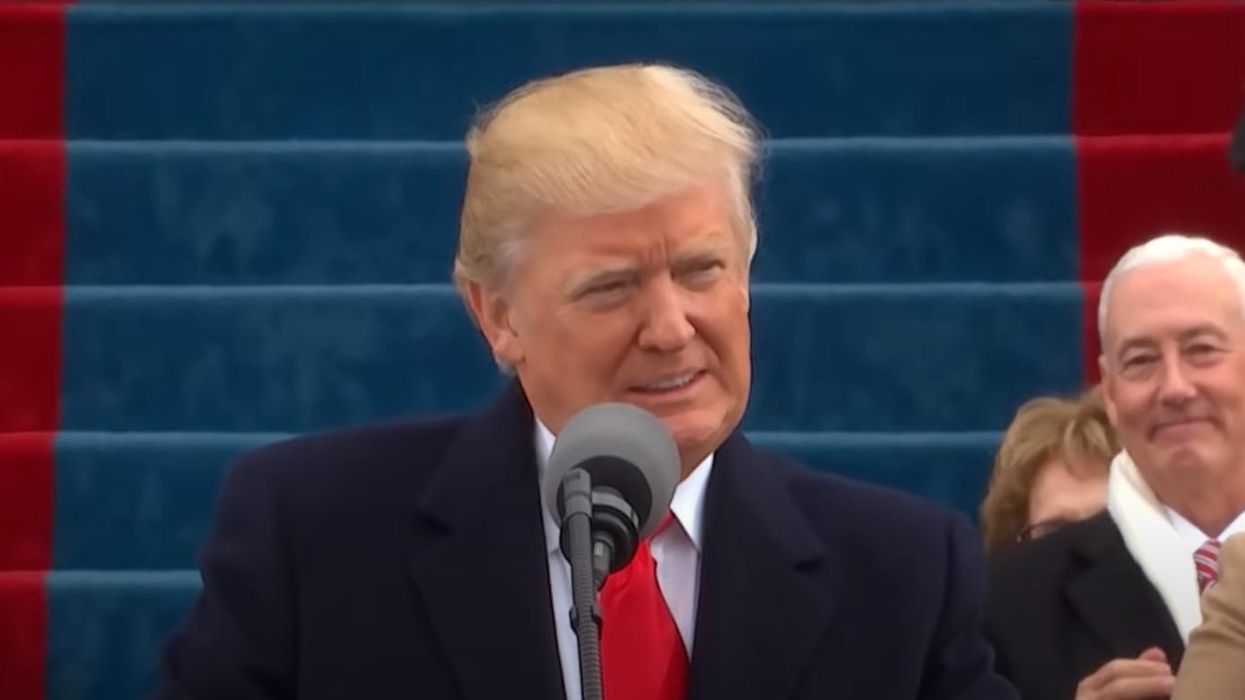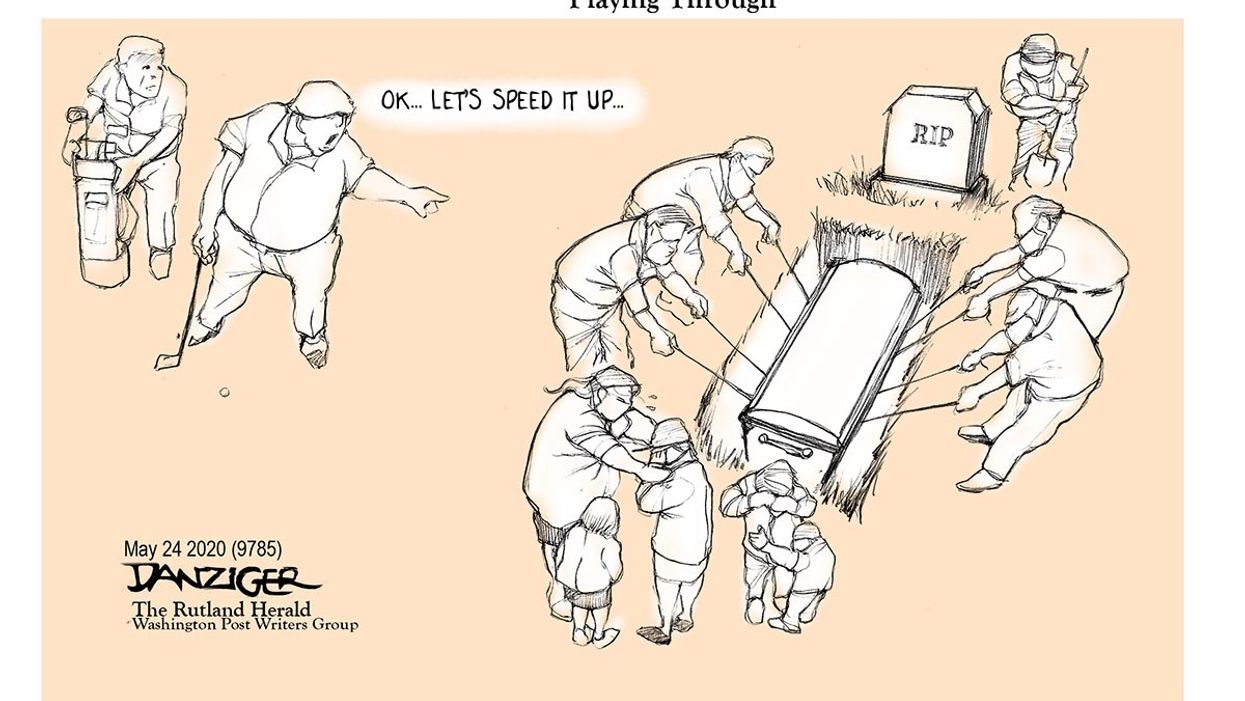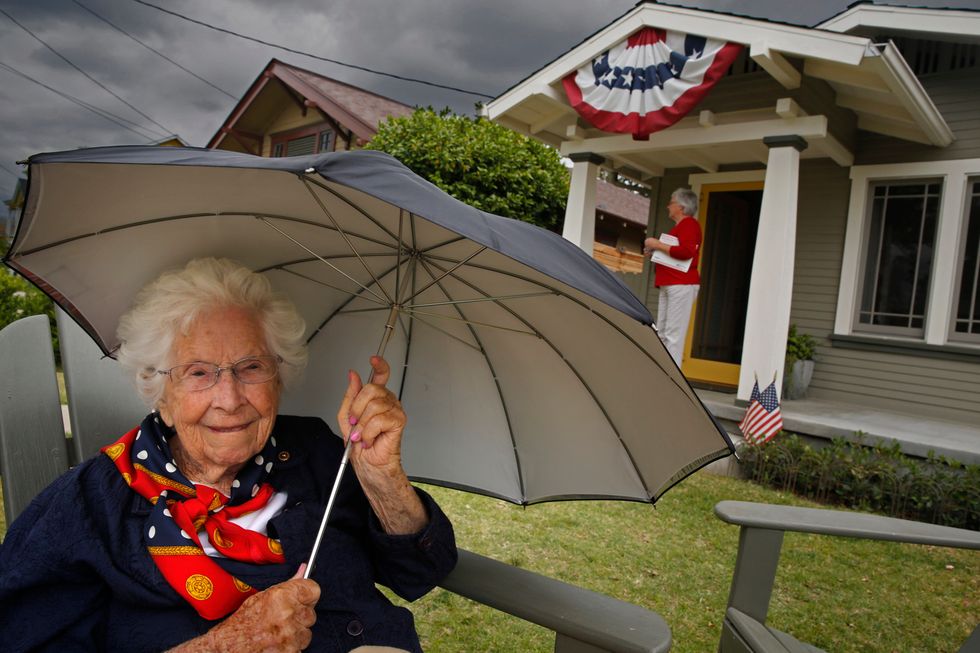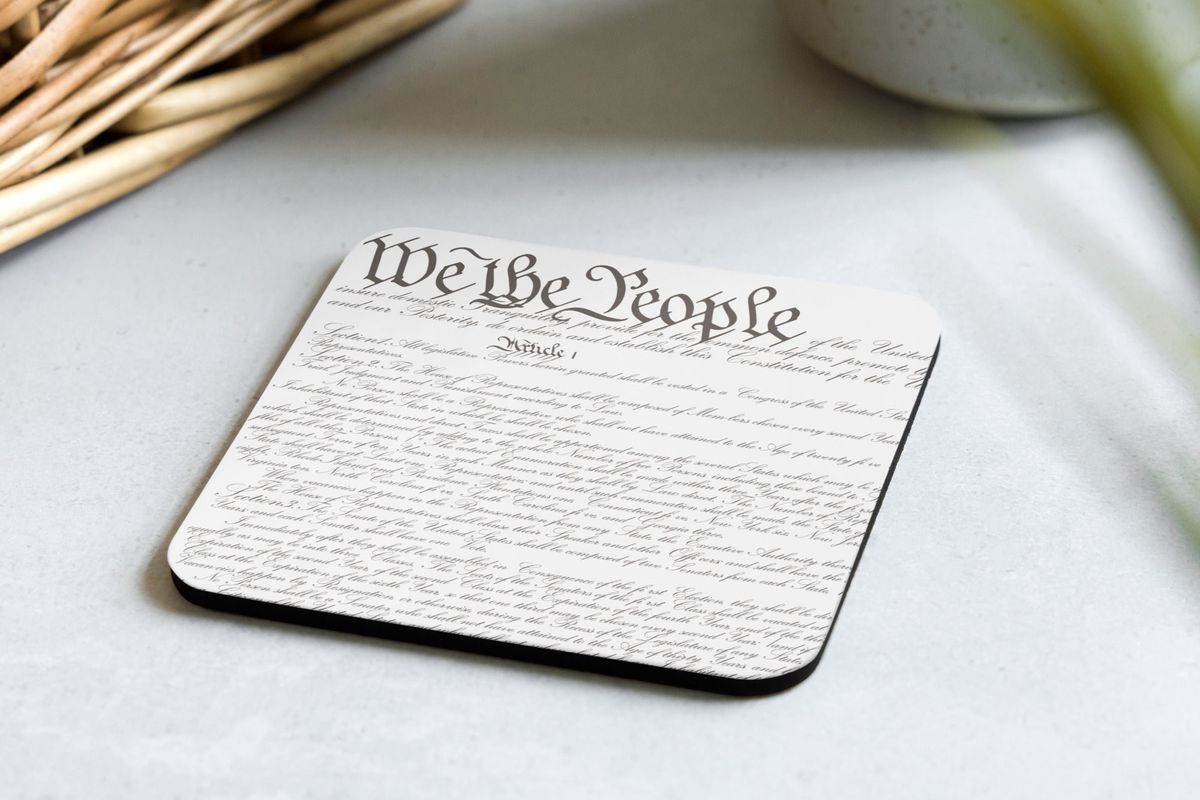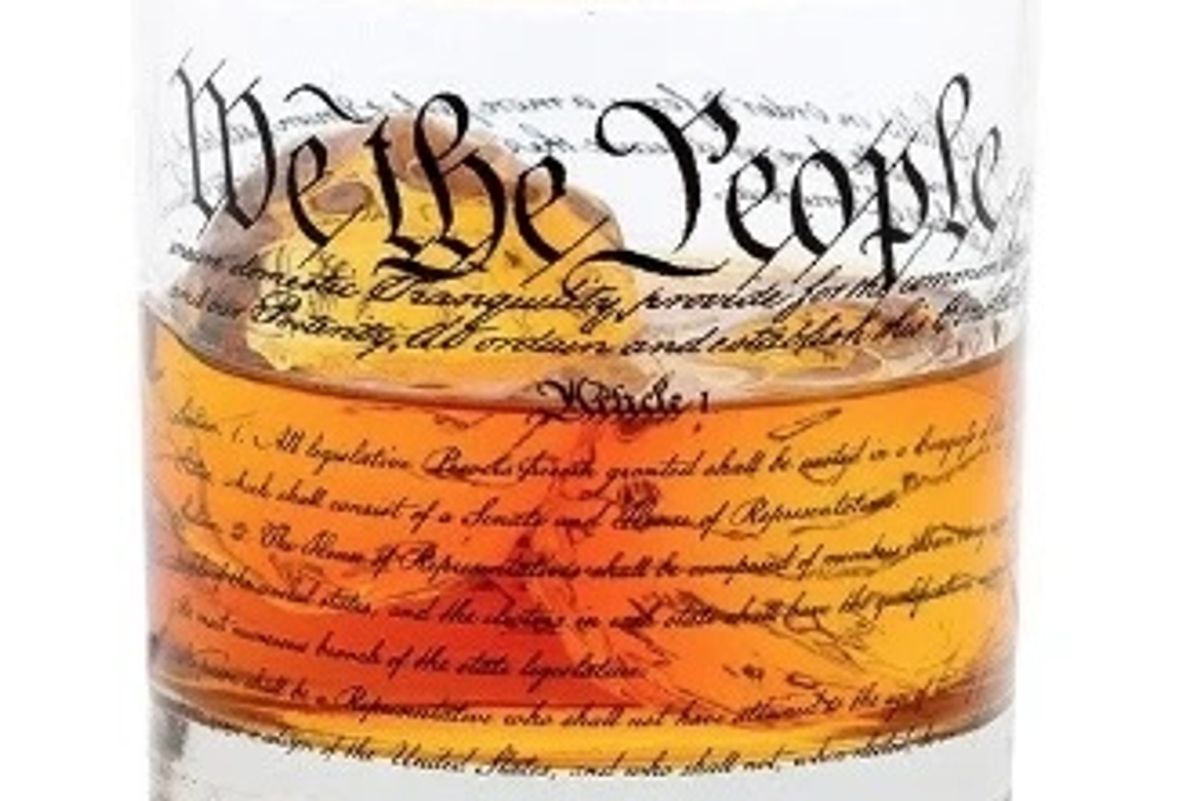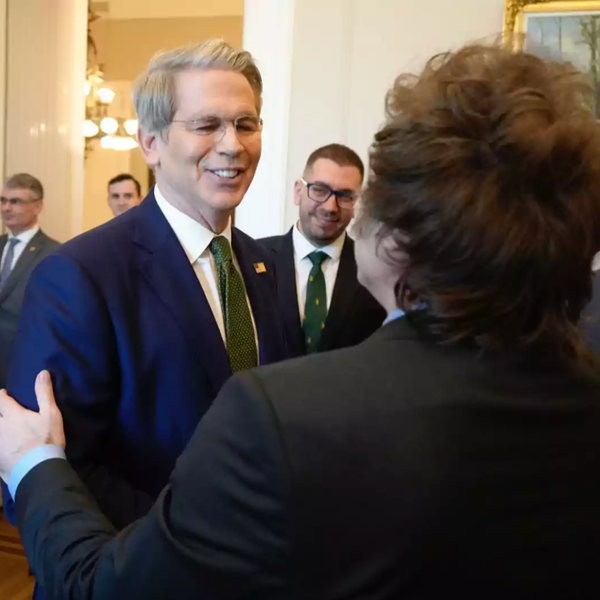From August 1969 to August 1970, America witnessed 9,000 public protests and 84 acts of arson or bombings at schools across the country. It was the year of the My Lai massacre investigation, the illegal invasion of Cambodia, Woodstock, and the Moratorium to End the War. The American death toll in Vietnam was approaching 50,000, and the ascendant counterculture was challenging nearly every aspect of American society. In Witness to the Revolution, Clara Bingham reveals through oral history that moment when the nation nearly broke into civil war at home, as it fought a long, futile war abroad.
By weaving together 100 original interviews, Witness to the Revolution provides a firsthand narrative of that year of upheaval in the words of those closest to the action: the activists, organizers, radicals, and resisters who manned the barricades of resistance. In this special excerpt for Memorial Day, Bingham brings us voices of the Vietnam Veterans Against the War — the organization that first drew attention to a young Navy officer named John Kerry.
President Nixon’s Vietnamization policy, which reduced American ground troops and increased the air war against North Vietnam, had an unintended consequence. Between 1968 and 1970, 200,000 Vietnam vets, many wounded, shell-shocked, and disillusioned with the war, came home to a country in turmoil and transition. Their war stories exposed the futility of the conflict and the grisly truth of what was really happening on the ground in Vietnam. As they began to meet, rap, and organize, the vets brought new vitality and credibility to the peace movement. Images of vets at antiwar rallies in their tattered Army jackets, or in wheelchairs with long hair holding signs saying “End the War in Vietnam” and “We Won’t Fight Another Rich Man’s War,” terrified the Nixon administration. Realizing the power of their message, the FBI targeted the vets for infiltration, surveillance, and disruption. FBI files on the activities of Vietnam Veterans Against the War covered 19,978 pages.
Wayne Smith (Vietnam veteran)
I got orders to go home. The next day, I was going to get on the plane, and this son of a bitch in the bunker next to me, that had these thin plywood walls, played what has become one of my favorite songs about America and Vietnam: Steppenwolf’s “Monster.” He played it over and over all night. The song sums up, in more ways than I can ever describe, my reality near the end of Vietnam and my understanding of this country. It is that powerful.*
The cities have turned into jungles
And corruption is stranglin’ the land
The police force is watching the people
And the people just can’t understand
We don’t know how to mind our own business
’Cause the whole world’s got to be just like us
Now we are fighting a war over there
No matter who’s the winner we can’t pay the cost*
* (“Monster” is the title song of Steppenwolf ’s most political album, released in November 1969.)
I had known Steppenwolf, of course, but this was the first time I had ever heard this song. At the time, I had this yearning to try to understand how I could have gotten it so wrong. How could I have believed in this country, when I swore to defend and protect the United States?
We flew out on a private carrier from Long Binh… I had so much anger and pain. I was crushed. I felt like I had blood on my hands. I resisted calling the Vietnamese gooks and dinks, but near the end of it I found those vulgar words would come out of my mouth several times; I had contempt for myself. How could I have been so stupid and foolish to believe this country? How I could have been so foolish to think that I could really save lives as a medic? How I could really make a difference in the face of so many catastrophic injuries?
Bobby Muller
(spokesman, organizer, Vietnam Veterans Against the War)
I was shot April 29, 1969. It took a while to get back to the States. I wound up at a naval hospital on Long Island, and then I got transferred from the naval hospital to the veterans’ hospital up in the Bronx. I spent a year there as an inpatient, and started on an outpatient basis, probably around July, August of ’70. So that’s where I was parked.
My first day in the veterans’ hospital, the chief of the service walks by. He looks at my three-by- five card and he says, “Well, son, I hope you realize you’re going to be hopelessly paralyzed for the rest of your life.” The fucking first words out of the chief of the service’s mouth off of a three-by-five card. I didn’t respond.
Wayne Smith
Landing in Seattle, Washington, there was an announcement: “Anyone that was injured, or if you have problems of any kind, get in that long line over there. Anyone who doesn’t have any problems, go there to get on the bus to take you to the airport, to take you home.” I was really pretty bad off, but I wasn’t going to get in any long line.
I went into the airport men’s room and there were all of these khaki uniforms bulging out of the trash bin, where people had taken off their uniforms and thrown them away as soon as they could. It was unbeliev- able. When I got on the plane home, there were guys who were wearing long-hair wigs. I don’t even know how they got them, but they were obviously wigs. It was absolutely amazing. The uniform thing was big, not wanting people to know you were in the military.
When I saw the uniforms in the men’s room trash bin, I was like, “Whoa . . . Welcome home!” Walking through the airport in uniform, people didn’t make a lot of eye contact. I was trying to find friendly faces, and I was just not getting any connection. I thought, Okay, America, you motherfuckers. I’m home. I’m going to deal with you. I’m going to get through this bullshit. You know, Fuck you. It was like getting my false combat face on; in some ways I was thinking I was in a different style of war. I felt like it was a hostile environment. It didn’t feel friendly. It didn’t feel like home. I didn’t believe in America anymore. I couldn’t tell if it was me that changed, or the country that had changed. I guess that was the question for a lot of us.
Bobby Muller
The notable thing that happened was that one of the guys on my ward at Kingsbridge VA hospital in the Bronx, a fellow by the name of Mark Dumpert, became the centerpiece of a cover story that Life magazine put out, May 22, 1970. It was the Walter Reed scandal of our times. The cover of Life had two photos. The top one was a color photo of some wounded American soldiers riding on the top of an armored personnel carrier. And below that was a black-and-white picture of this guy, Mark, who was a quadriplegic, meaning no use of his legs or his arms, sitting in the shower at the VA hospital, with a towel draped over him. The article inside had a lot more photos—again, a lot of them on my ward—depicting the overcrowding and filth. Overall, the article described the place as a medical slum. It turned out to be the second-largest-selling issue Life magazine ever put out. It created an uproar.
Jan Barry (cofounder, Vietnam Veterans Against the War)
I happened to be in upstate New York when the invasion of Cambodia took place (May 1, 1970). I was on Syracuse University’s campus. The invasion of Cambodia happens. This university closes down. The students refuse to go to class. I was initially looking for student veterans and trying to have the conversation about war crimes testimony, and I discovered there were something like 500 student veterans on campus and they were outraged by what had happened at Kent State. A couple of these vets said, “Come with me,” to a house they rented just off campus, and they were turning it into a center for organizing vets. They even imported a whole bunch of phones and made all kinds of phone calls, and they were going to have their own march. They had vets coming in from campuses across the whole of upstate New York, and it was a big story in New York State.
They put out the word that if the police even thought about coming onto the Syracuse University campus, they were going to have to wade through a line of vets. A group of them decided they were going to have a protest at a veterans’ memorial in downtown Syracuse. They were mainly conservative veterans and they wanted to protest the war as veterans at this setting. There were a couple police cars in the vicinity, and all of a sudden the police cars disappear, and some other cars come roaring up, and these American Legion types jump out, and they’re going to attack this group of hippies who are protesting the war and beat them up. But all of a sudden they’re confronted by veterans, one of whom takes a flagpole and aims it at them. He’s going to charge them with the flagpole and he says, “Get the fuck out of here! We’re vets!” They were going to do a mob scene and beat up some hippies, and that further fueled other vets hearing about this: “I’m going to come and march through the streets of Syracuse and tell these people what I think of them.” And that’s what they did. The police, of course, treated them with great care.
The vets wanted nothing to do with the peace movement. They wanted to speak as this group of veterans who were outraged about Kent State and the invasion of Cambodia. I was talking to vets all across the country on the phone, and the same thing was happening all across the country. They made it very clear that if any police or National Guard were going to come on campus, they were going to have to go through a line of vets.
Bobby Muller
I don’t know if you remember who Phil Donahue was. Phil Donahue was the Oprah Winfrey of the Seventies and Eighties. I quickly became a spokesman for the spinal cord injury guys because I was college educated and I had the bonafides of being a combat casualty. I didn’t give a shit anymore, so I would talk to anybody. I got called upon to comment on the situation at the hospital, and wound up rapidly doing a lot of media. Donahue was operating out of Orrville, Ohio, where they made Smucker’s jelly, and he flew me out there to do his TV show. It was all about, “What’s going on with the veterans hospital? How’d you get there? What’s it like? What do you think about the war?” So because I was getting media attention, I started talking to some guys that were part of Vietnam Vets Against the War.
Michael Uhl
(Vietnam vet, Citizens Commission of Inquiry organizer)
Vietnam Vets Against the War was really emerging as a mass organization after the revelation of My Lai (November 1969), so by the summer of 1970, VVAW was now marching primarily under its own steam…This is a period where everybody was fighting; fighting against the war, fighting each other, escalating the polemic. It was hardly peace and love. So Al Hubbard (the then president) and others had now begun to assemble a talented core of organizers. By the end of 1970, VVAW claimed, at least on paper, to have over 25,000 members but that figure certainly underestimates the size of the antiwar veteran community in the early 1970s. Consider, for example, that I never officially joined VVAW.
Jan Barry
We were hearing about the conditions at the Bronx VA Hospital, where rats are running over people’s feet who are paralyzed, and they can’t chase the rats off. That’s where Bobby Muller was, who also became active in VVAW. Bobby Muller and some other people would soon be leading the marches in their wheelchairs.
We called them rap groups, which got picked up from the black libera-tion groups, and the women’s liberation groups were also using the same terminology. It was the concept, “Let’s sit down and compare notes about something that society doesn’t want to talk about. . . .” Many of these vets couldn’t keep a marriage together, couldn’t keep a friendship together, and they’d been out of the war for a while, but their life was still a mess. They may or may not be finishing college, and they just felt like their life really didn’t hold together well, and why is that?
Robert J. Lifton had written about Hiroshima and a number of other issues from a psychological perspective. He’d been an Air Force psychiatrist in the Korean War, and he was teaching at Yale. He testified before a congressional committee in 1970 about something that he was tentatively calling post-Vietnam syndrome. He explained that a lot of these veterans are having a hard time readjusting to society. I sent him a letter, and I said, “I have a group of veterans who are wrestling with this. I wonder if you could meet with us.”
He said yes and I said, “We don’t want to be treated as patients. This is peer-to-peer. We’re veterans. You’ve been in the military. What are we looking at here?” And in those conversations, what we initially seemed to be hearing was there wasn’t a terminology for this. In World War II it was shell shock, or World War I, combat fatigue, various other terms that actually were more applicable if you’re under constant bombardment.
Bobby Muller
I didn’t get a chance to talk to the guys in the hospital about actually being in the war. So when I got out of the hospital and started talking publicly about the conditions there, it ended a sense of isolation. I had thought that I had just had a bad experience; I just drew a bad hand. It wasn’t until talking to other guys that I started to really put it together. I said, “Wait a second, it wasn’t just me?” These guys are saying the same thing. And there was a process of communalizing the shared experience we’d had, one by one, and then we started to realize that, “Okay, it wasn’t just me.”
Excerpted from WITNESS TO THE REVOLUTION: Radicals, Resisters, Vets, Hippies, And The Year America Lost Its Mind And Found Its Soul, by Clara Bingham. Copyright © 2016 by Clara Bingham. Excerpted by permission of Random House, Inc. All rights reserved. No part of this excerpt may be reproduced or reprinted without permission in writing from the publisher.

